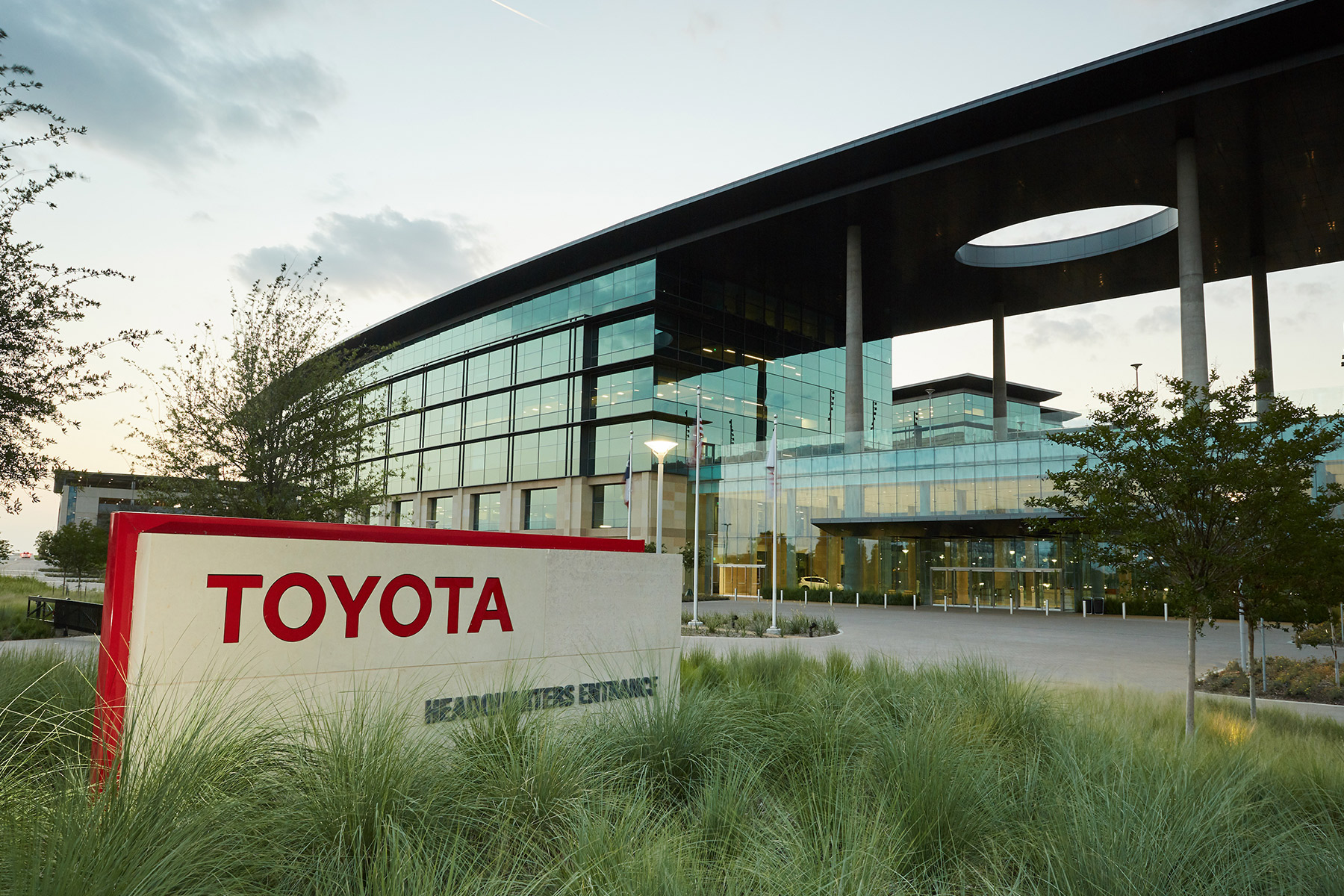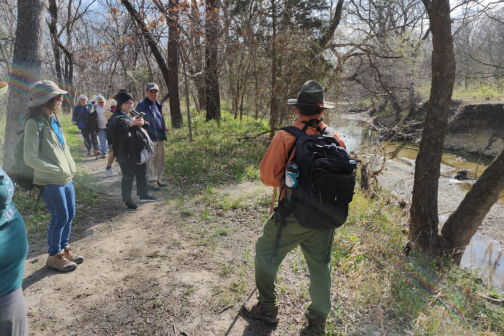The Dallas Entrepreneurial Center (DEC) Network recently hosted its inaugural Women x Tech Conference, featuring talks focused on gaining funding for women entrepreneurs in the tech industry.
Speakers included Dallas’ Star Carter of DEI data company Kanarys, Rachel West, the youngest female fund manager in Texas history; Erica Mollett, leader of edtech company Kandake Tech; and Lisa Coca, partner at Toyota Ventures, an independent early-stage venture capital arm of Toyota, Climate Fund.
Until last year, the Bay Area-based VC firm was primarily investing in AI companies, Coca explained, but corporate leaders at Toyota approached Toyota Ventures’ Founding Managing Director Jim Adler, hoping to expand investments into climate tech and other cutting-edge advancements.

“It was really the corporation that turned to Jim and said, ‘We’re going to give you another $150 million allocation, and we want you to launch Climate Fund,’” Coca said. “This was something that came from the top down. Toyota has a commitment to carbon neutrality, and the Climate Fund is just one manifestation of their commitment to tackling climate change.”
Here are some key ways the company is furthering its mission:
Investing in natural methods of CO2 removal
“About 1 percent of total, global greenhouse gas emissions are attributable to Toyota. And that is primarily from the tailpipe,” Coca said. “Those are Scope 3 emissions. Those are the most difficult emissions to impact because you don’t have direct control over them. So, when you think about Toyota achieving carbon neutrality, that’s not going to happen without large scale, removal of CO2 directly from the air.
“That takes us down a path where we’re looking at things like ocean agriculture, and we’re looking at the forests and farming to actually leverage some of nature, which has proven to be a very resourceful sort of method for removal of CO2.”
Focusing on the friction between demand for renewables and its availability
“When you think about decarbonization and electrification, there’s friction there,” Coca said. “If everyone plugs their electric vehicles into the grid, that doesn’t support decarbonization—unless you’re actually getting more renewable energy sources into the grid. So, there’s a natural friction point there that leads to things like ‘OK, well, renewables are intermittent, so you’ve got a long duration store.
“You need to be able to store and harness the renewable energy, so you can use it even when it’s not available. So, that’s a friction point that we’re sort of focused on. That disconnect is actually sometimes an opportunity for areas to invest.”
Author







